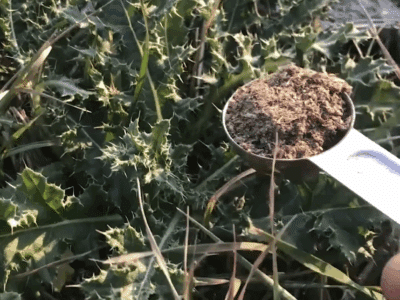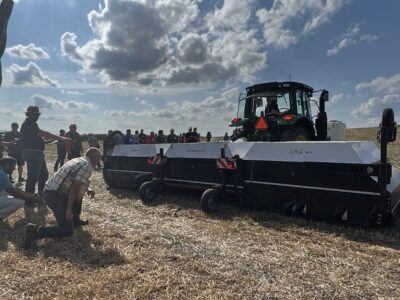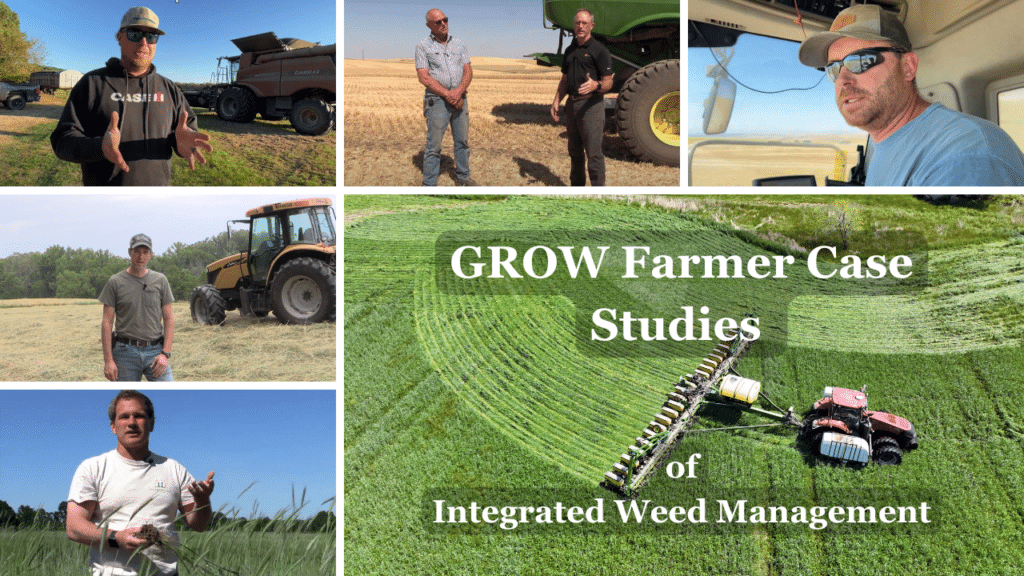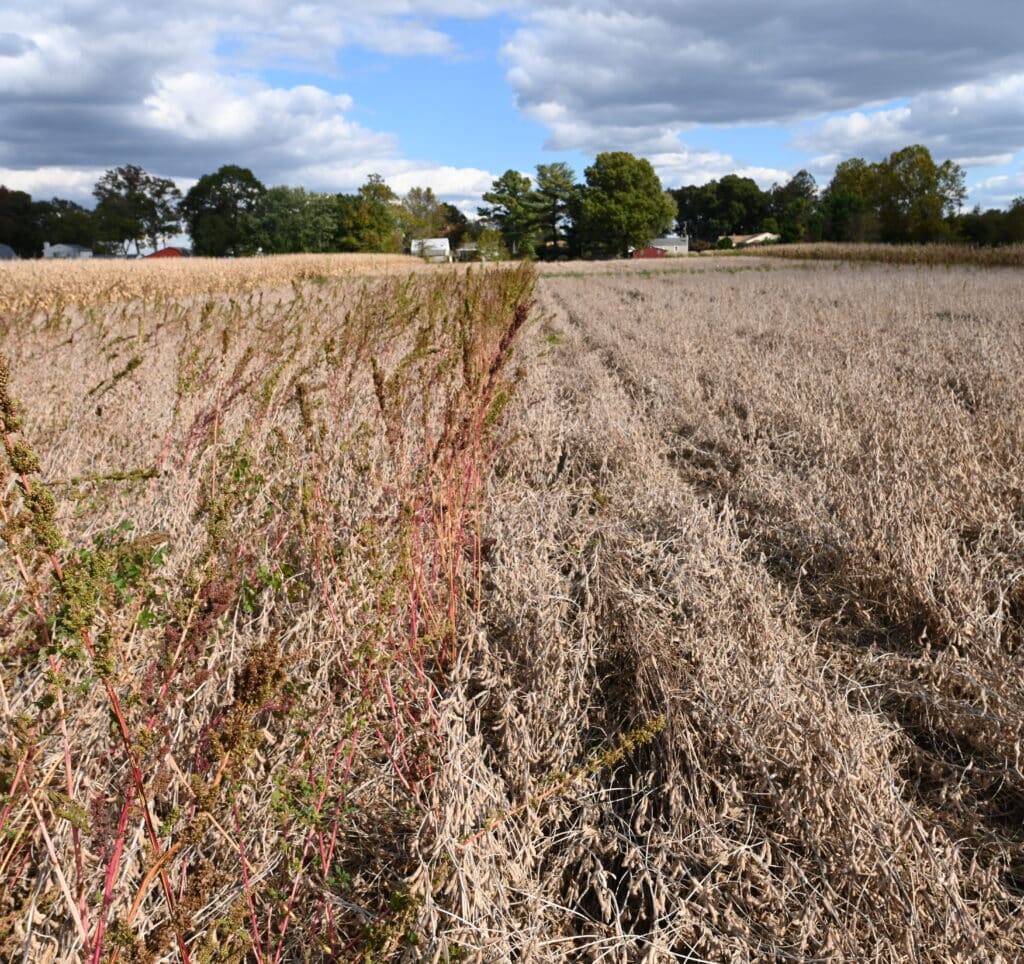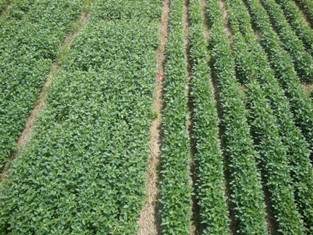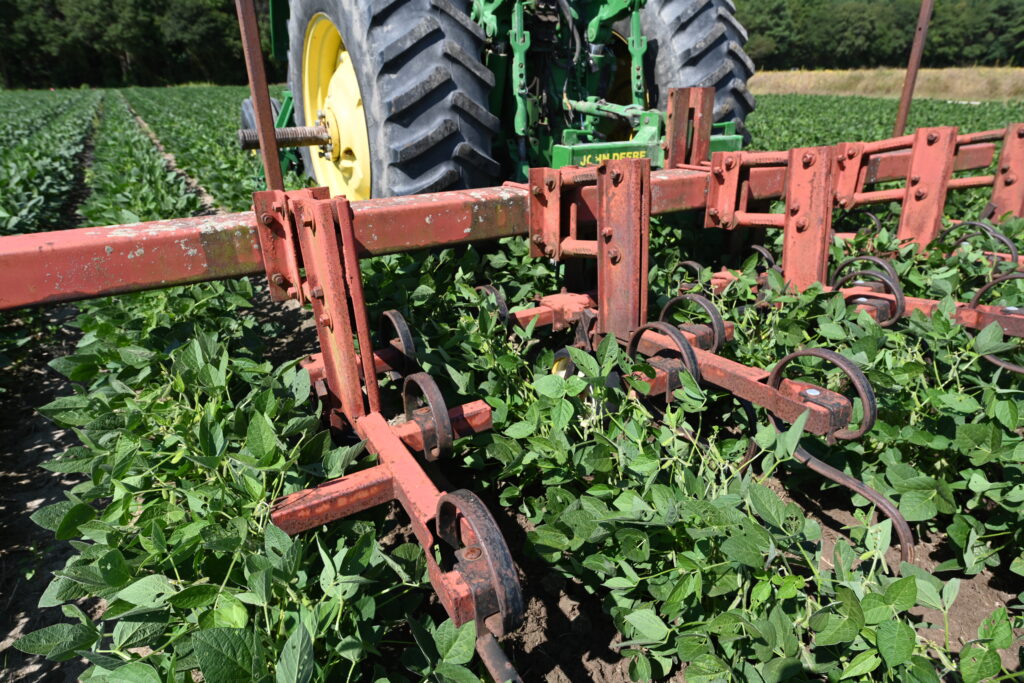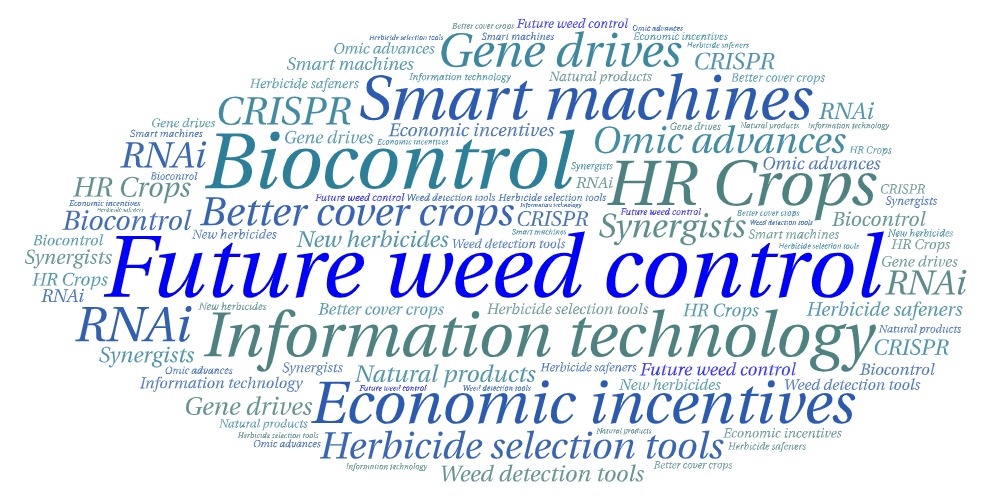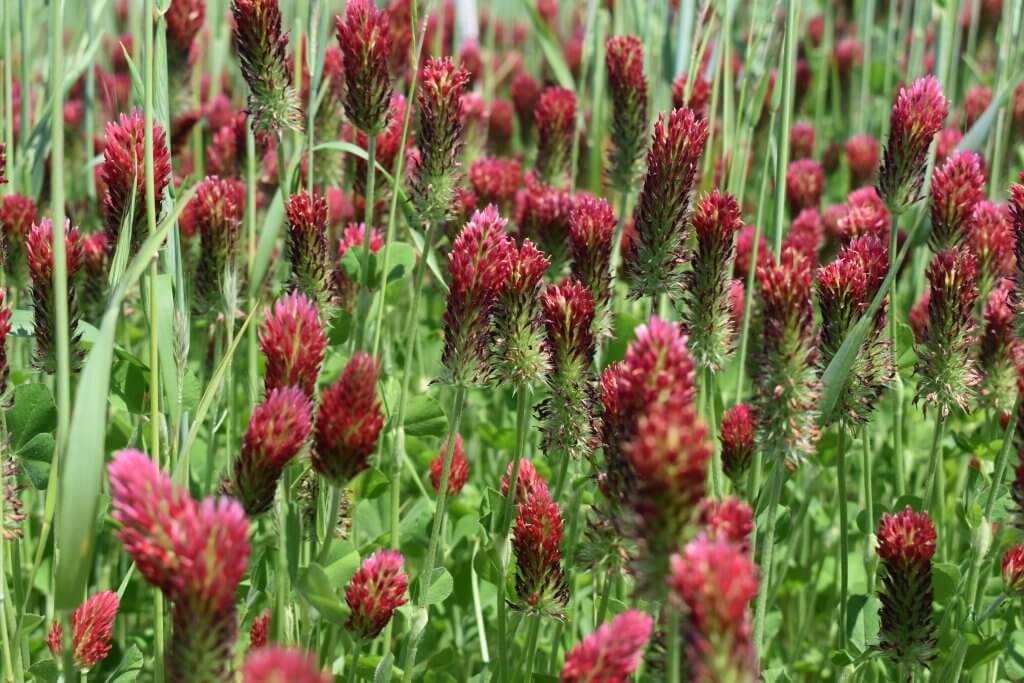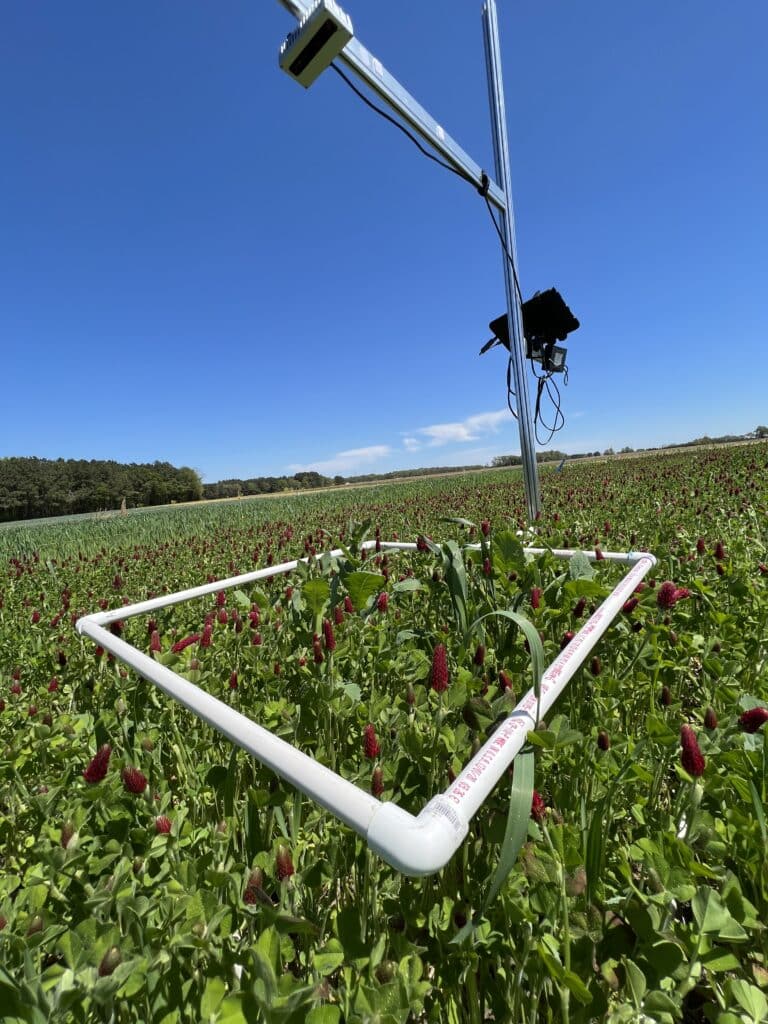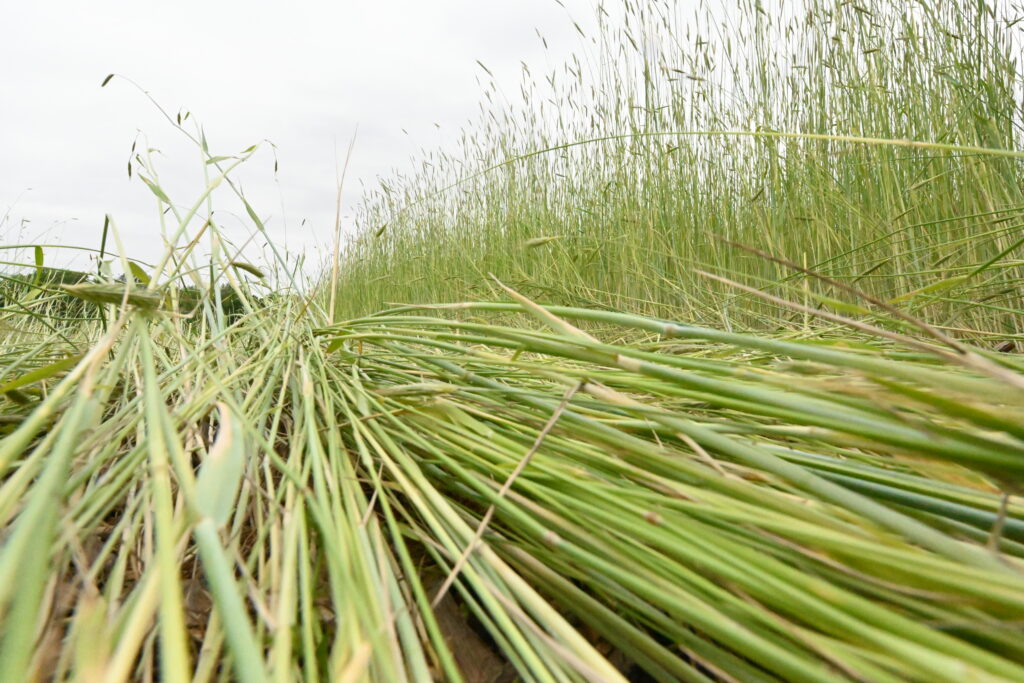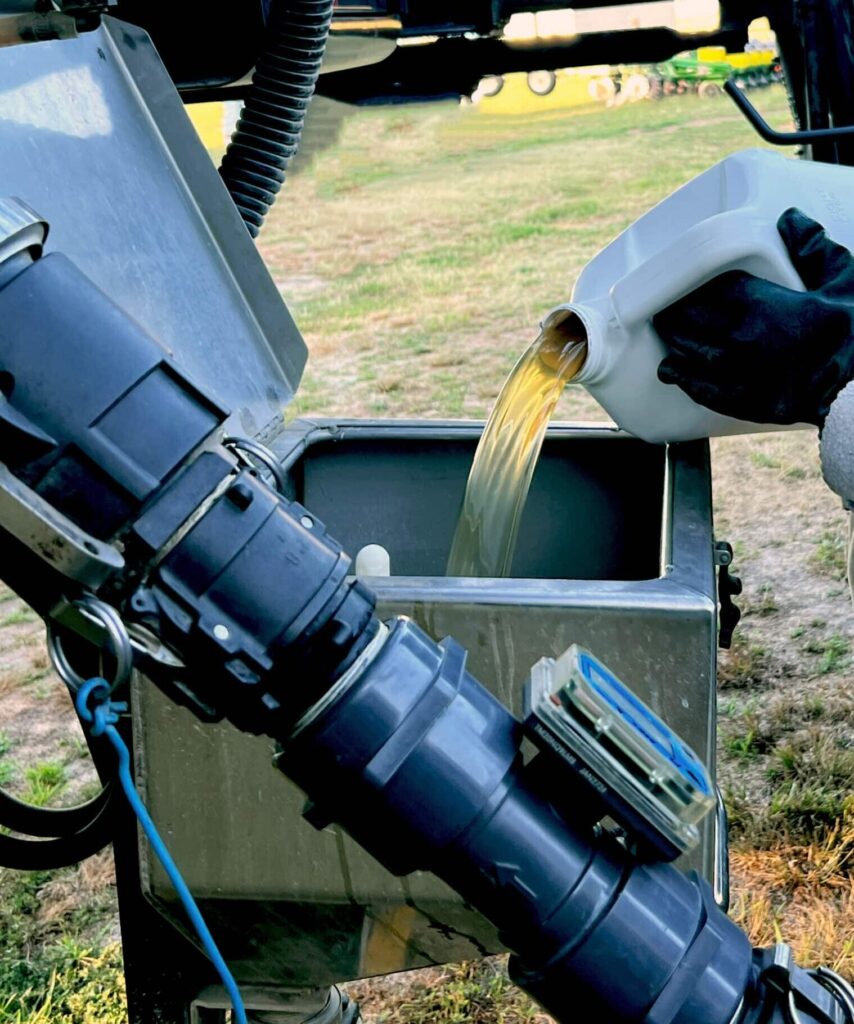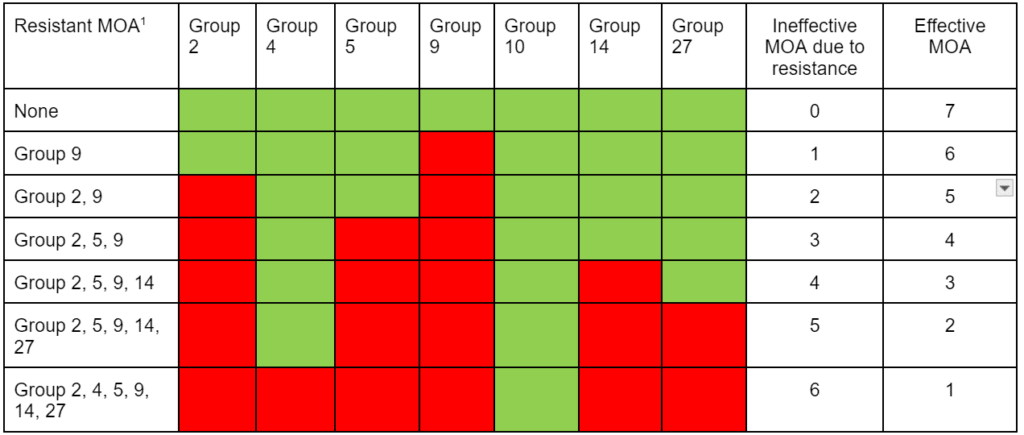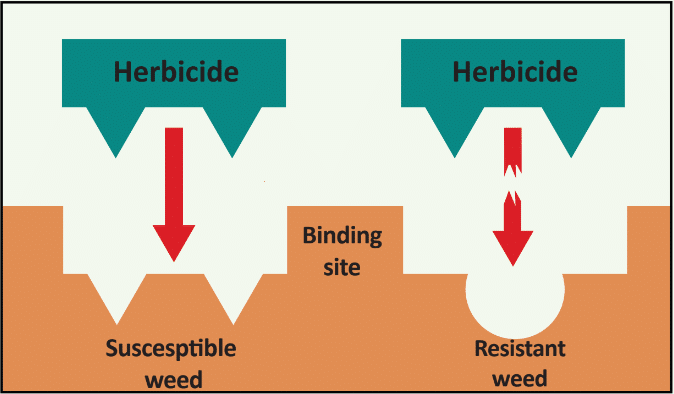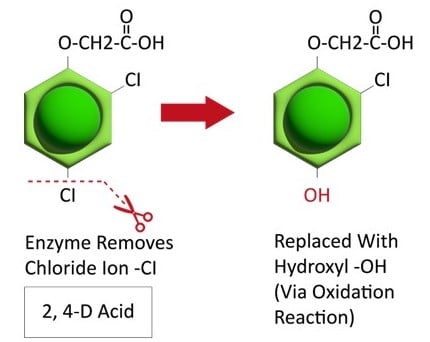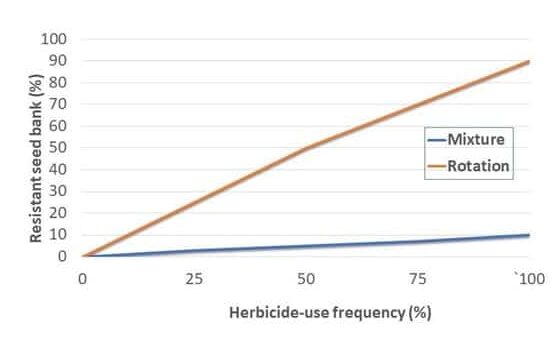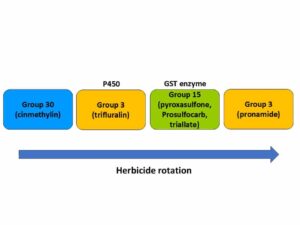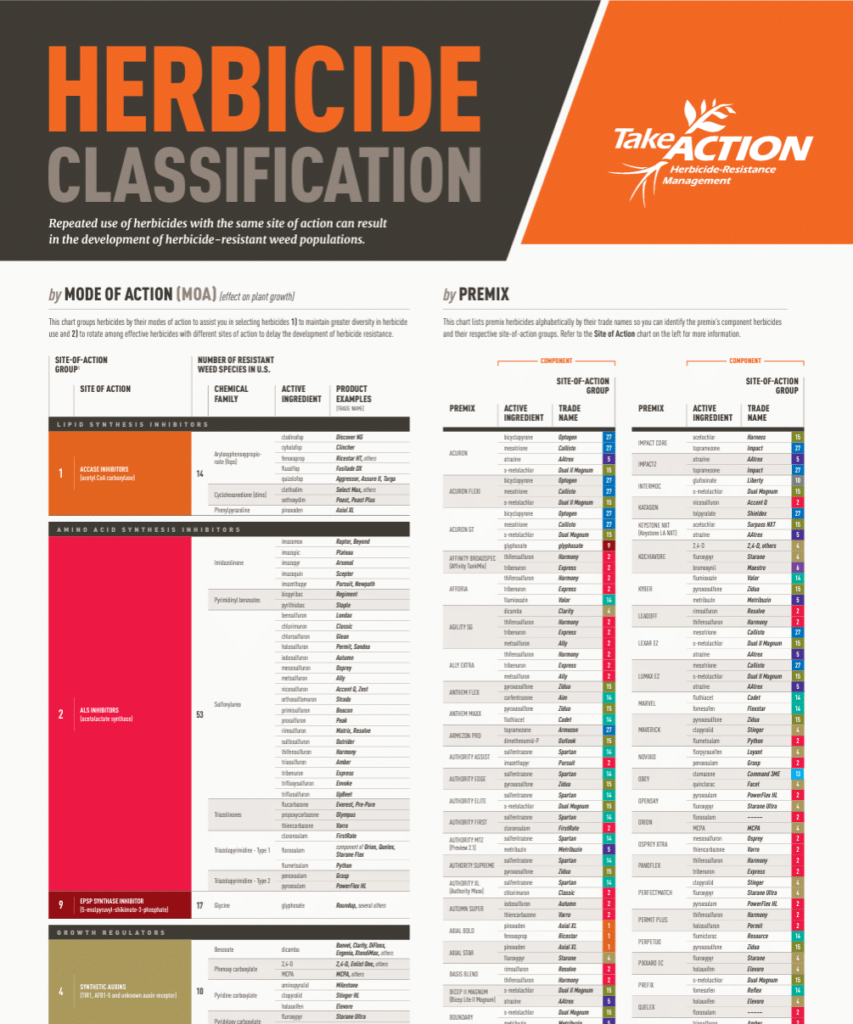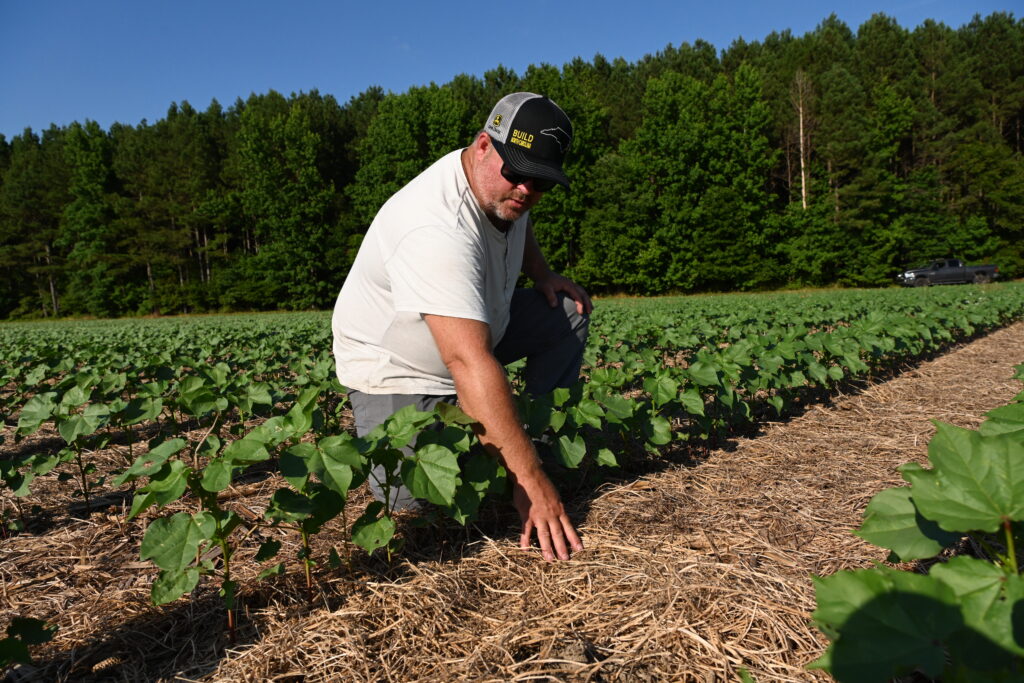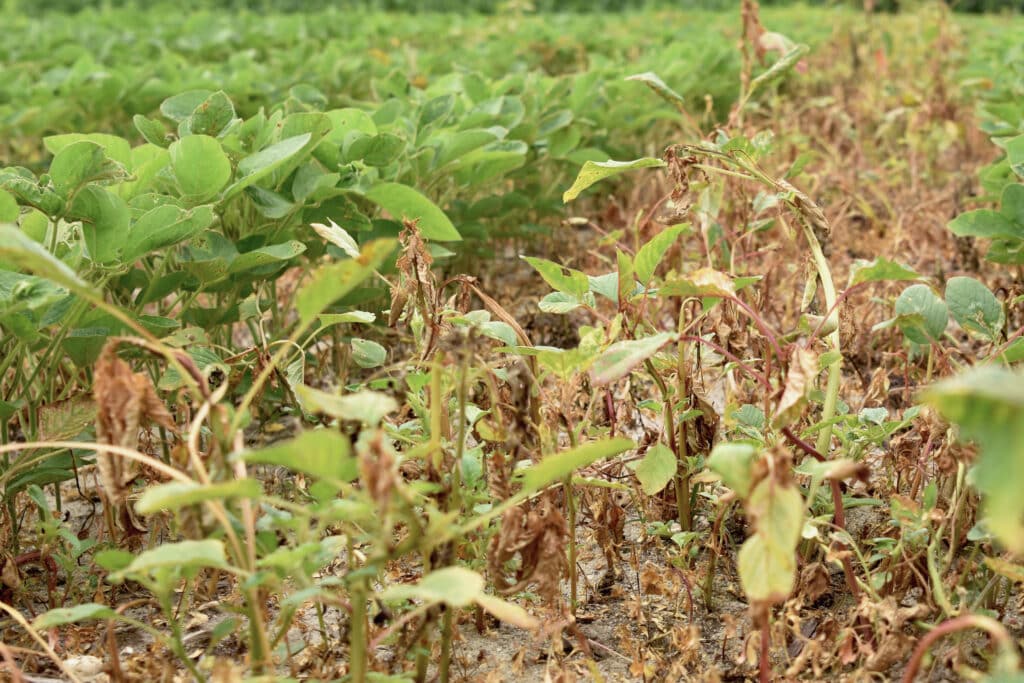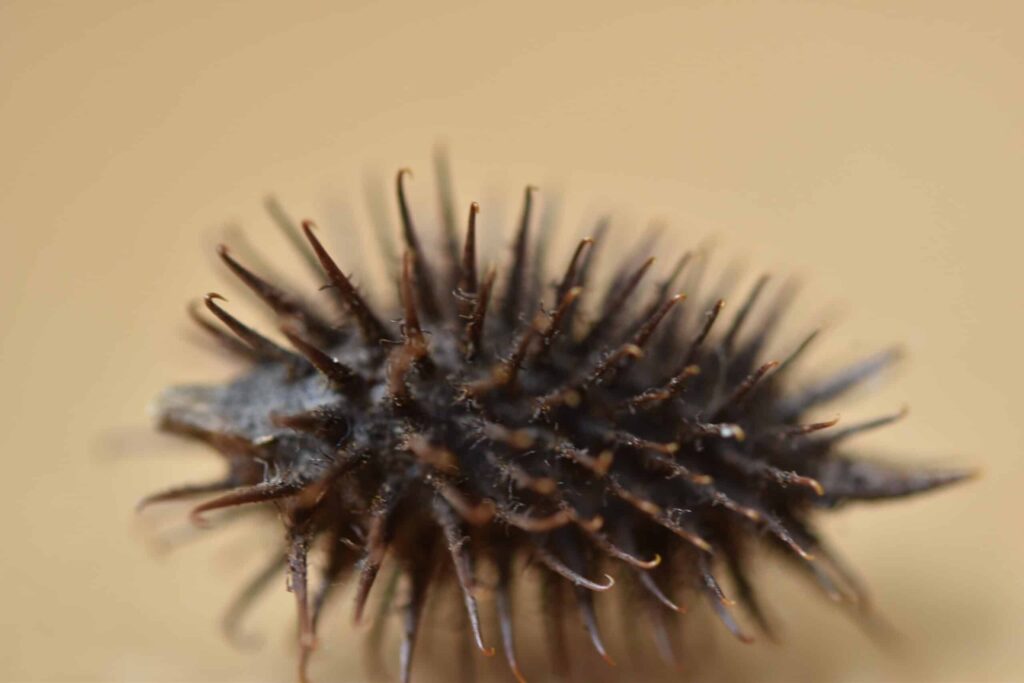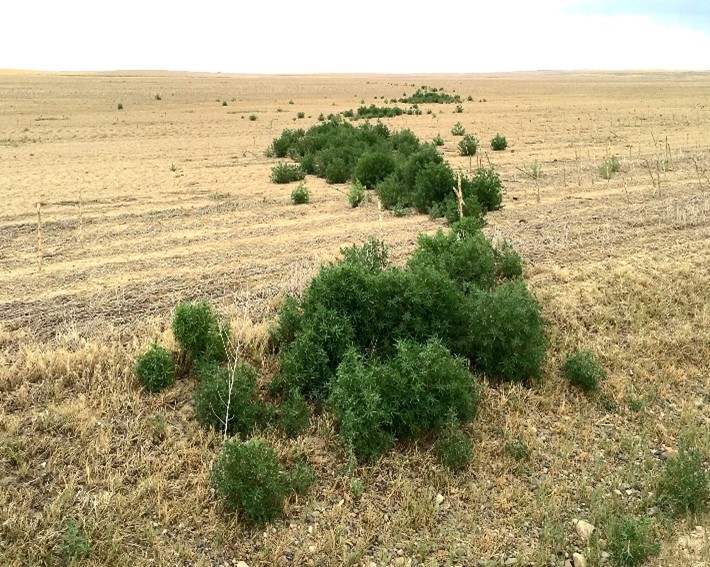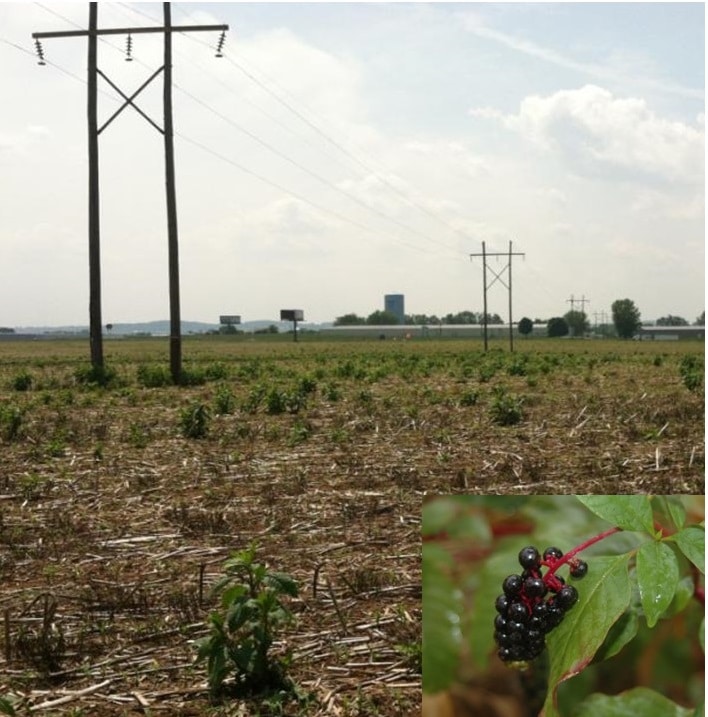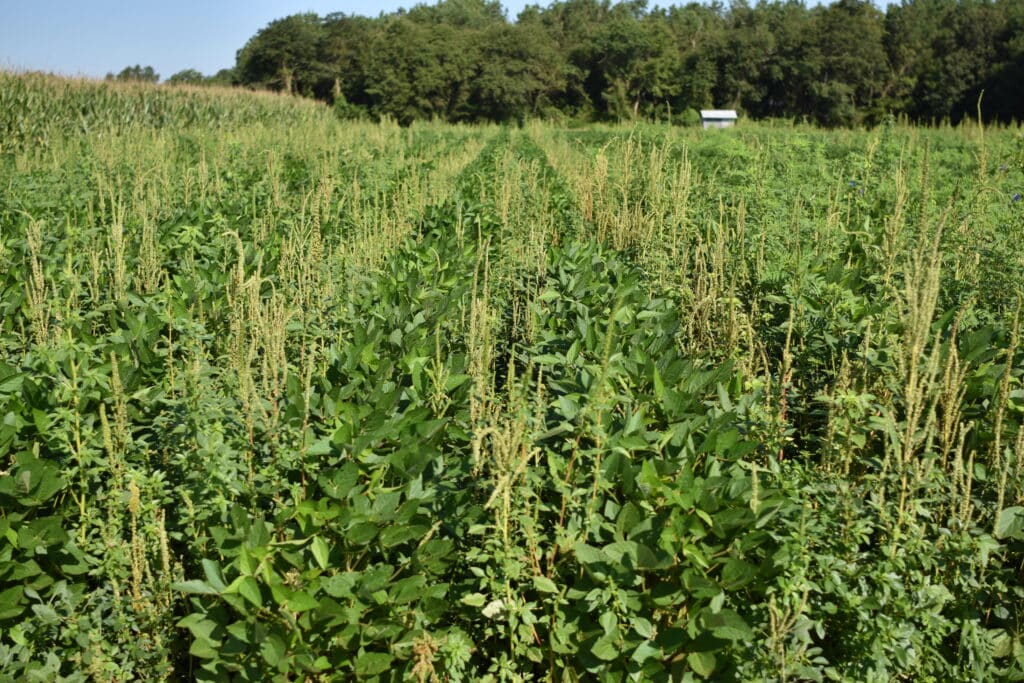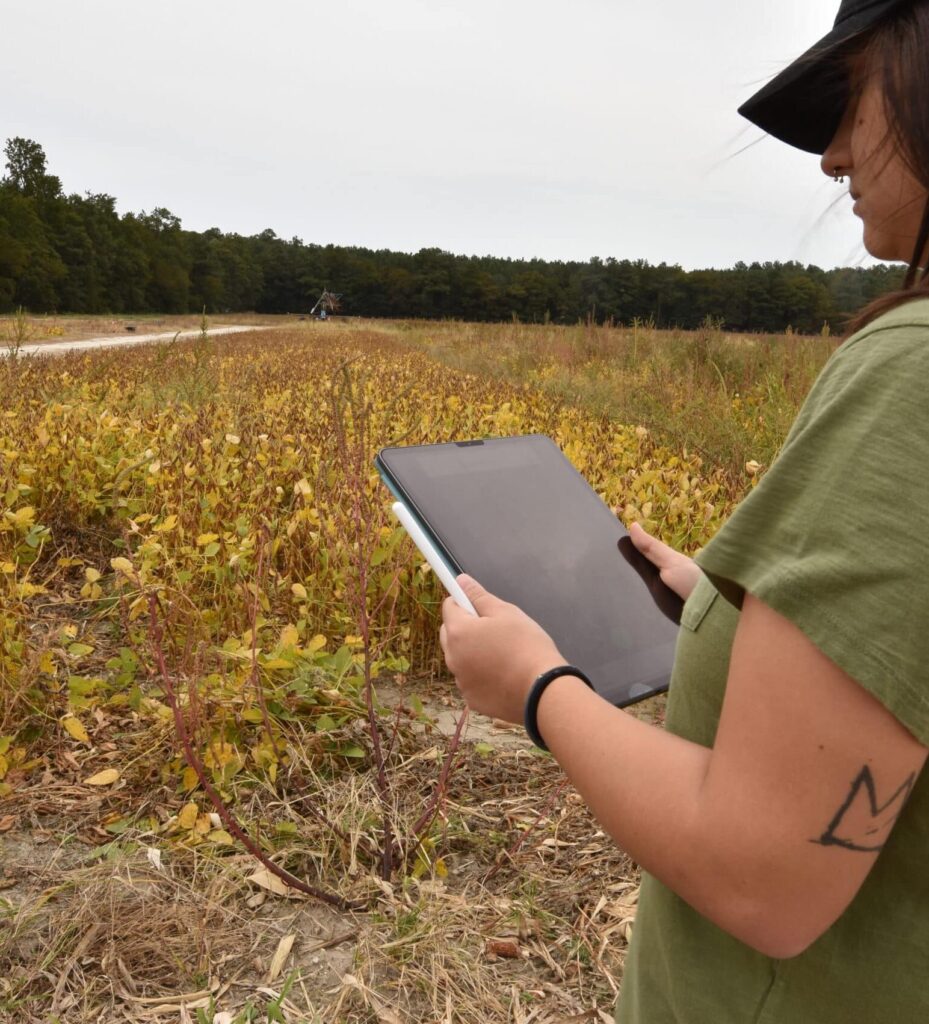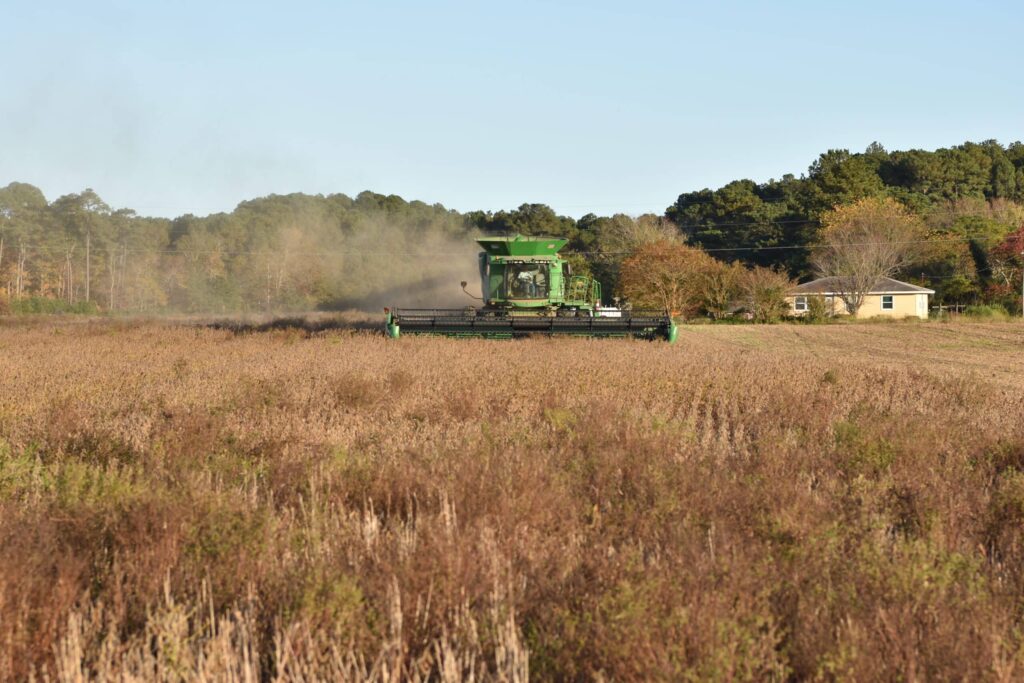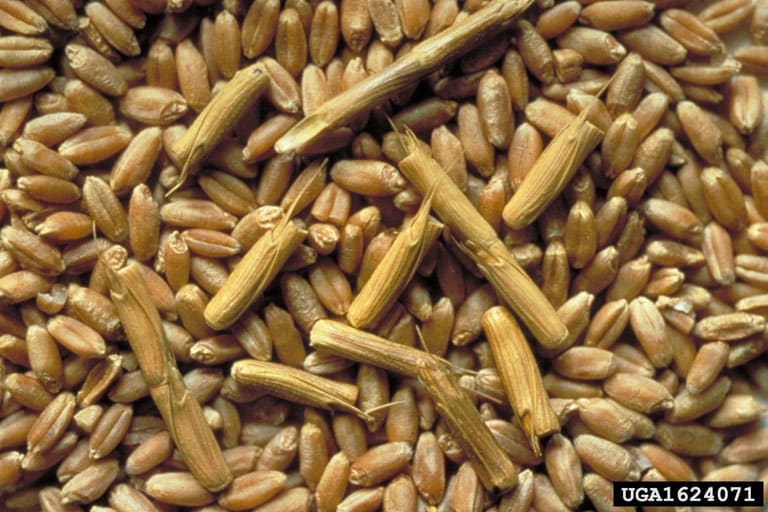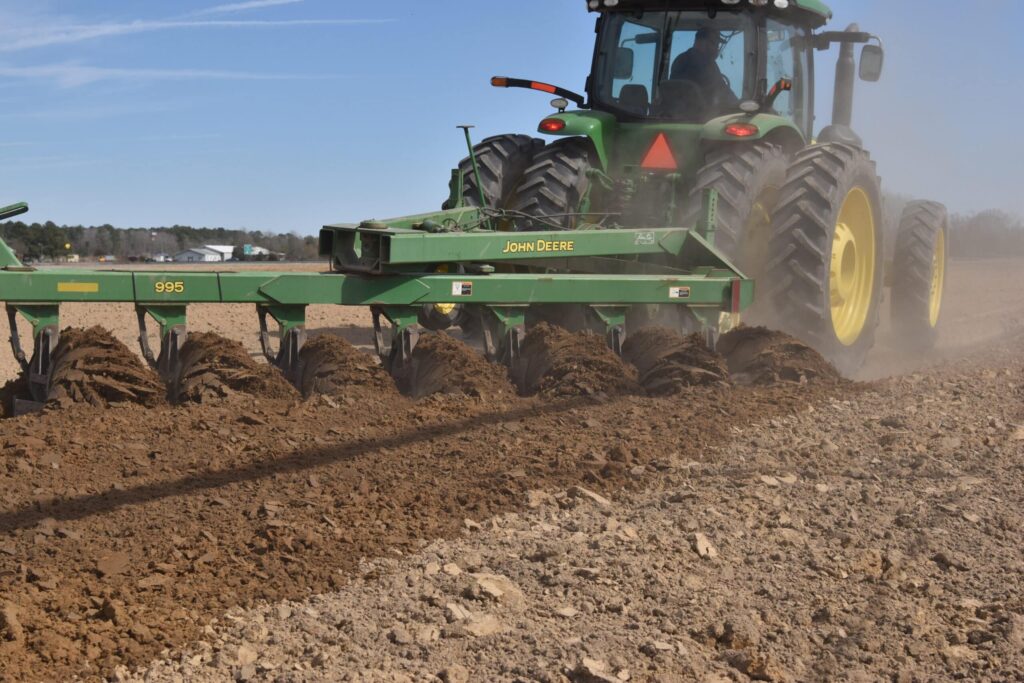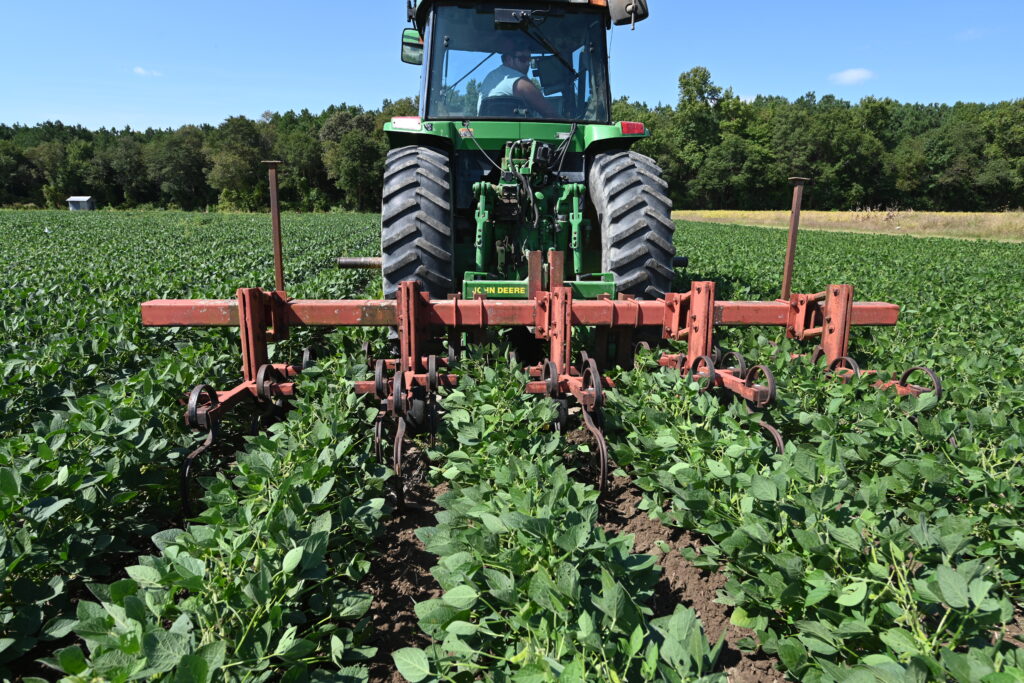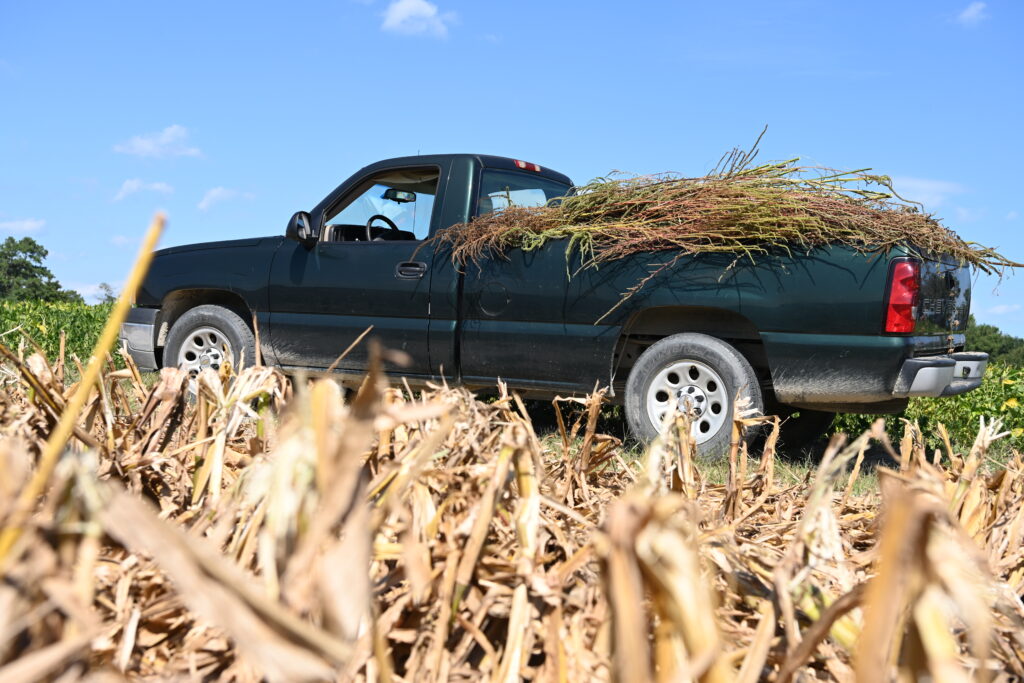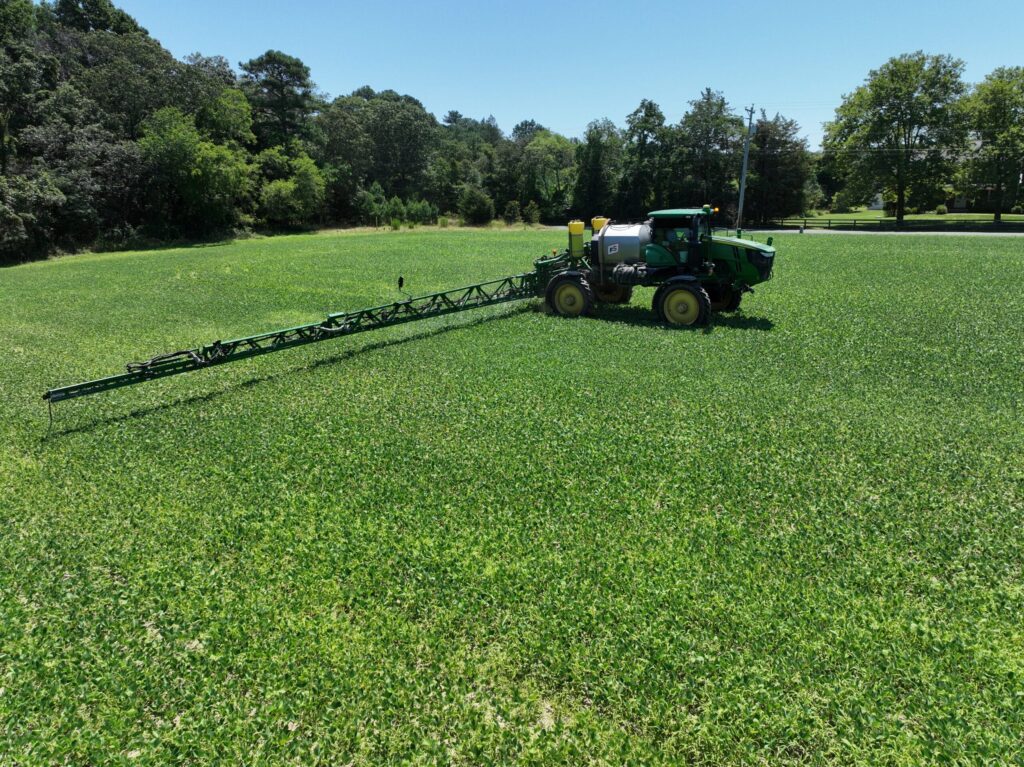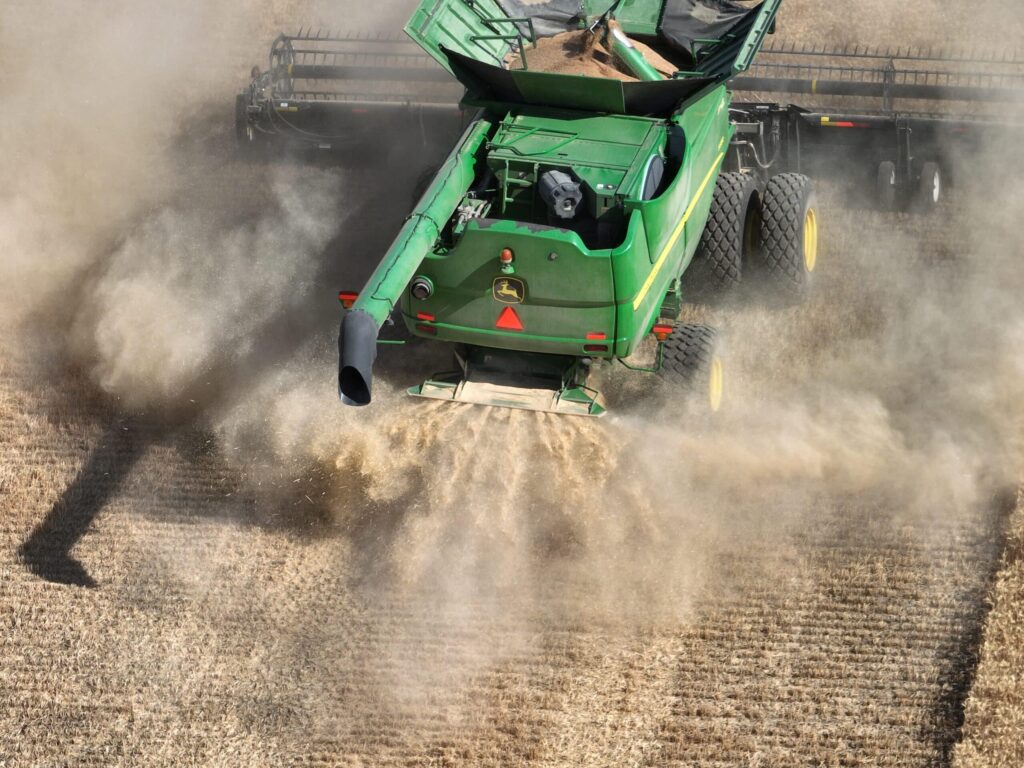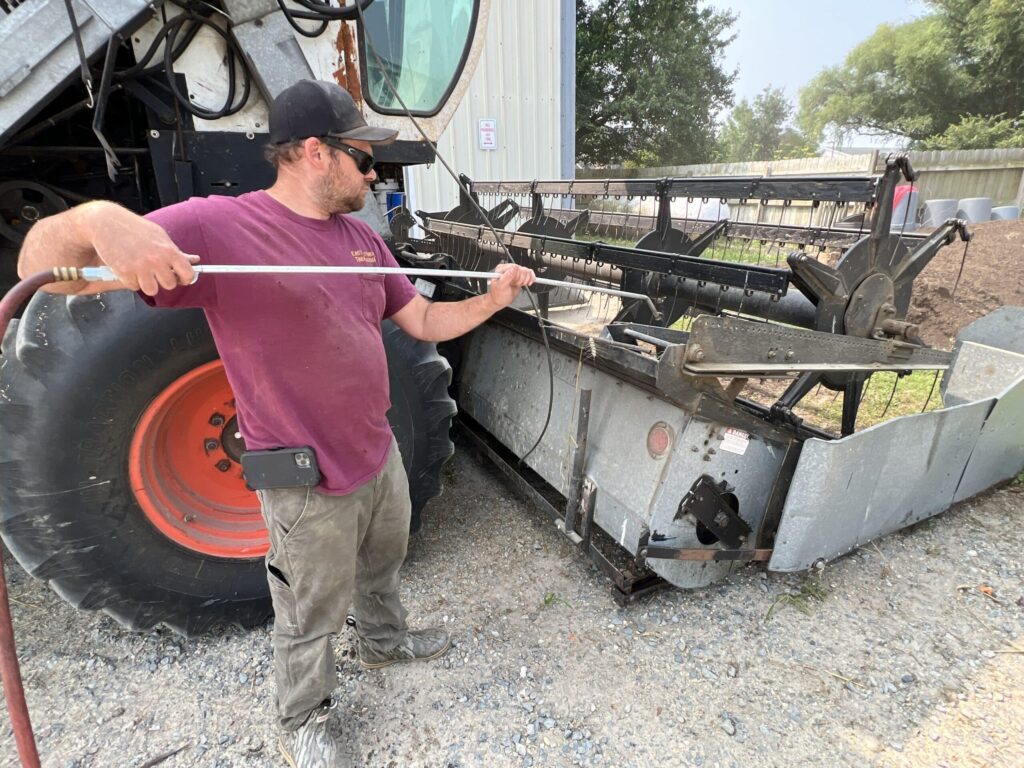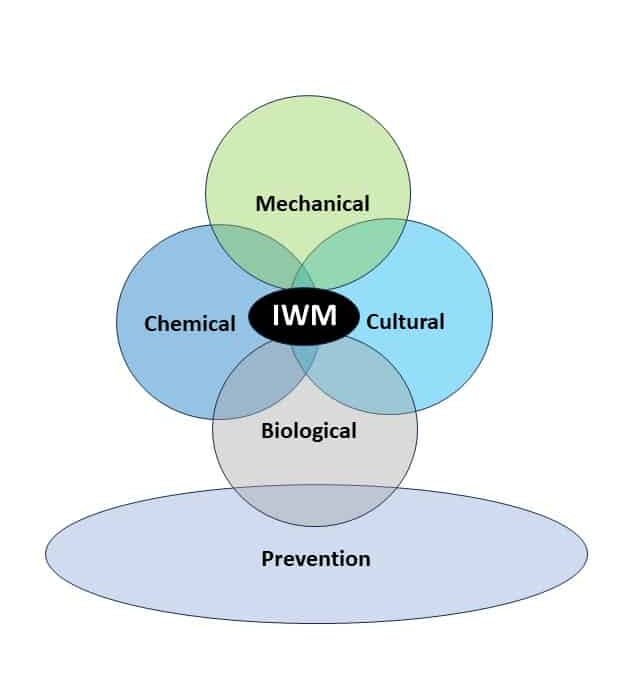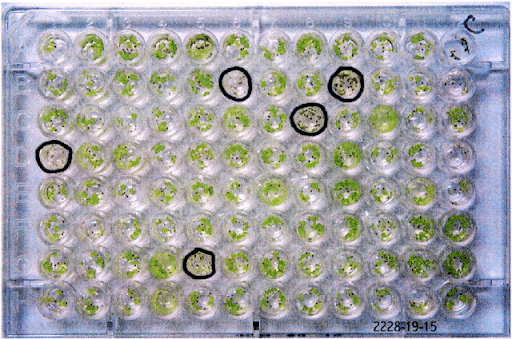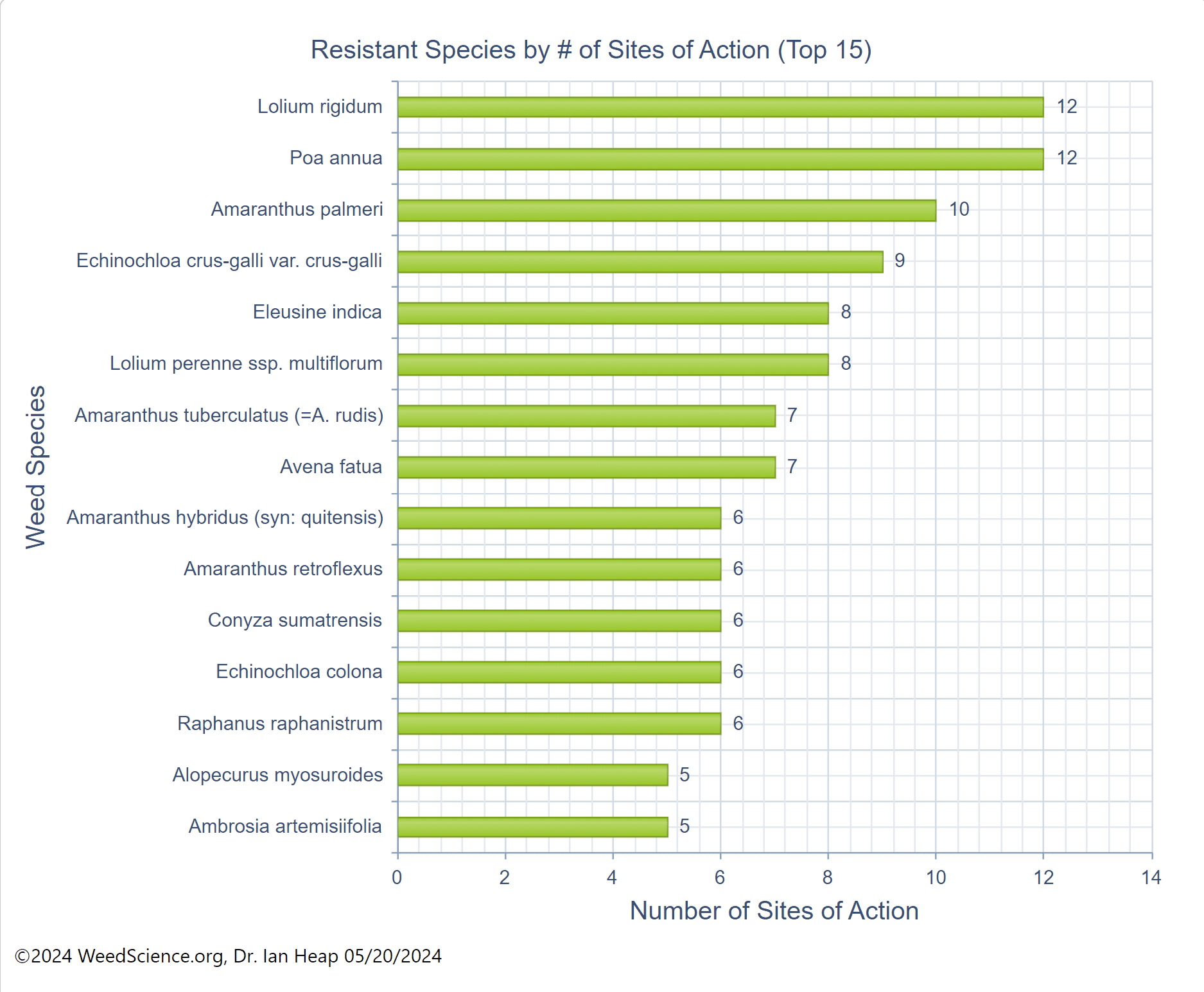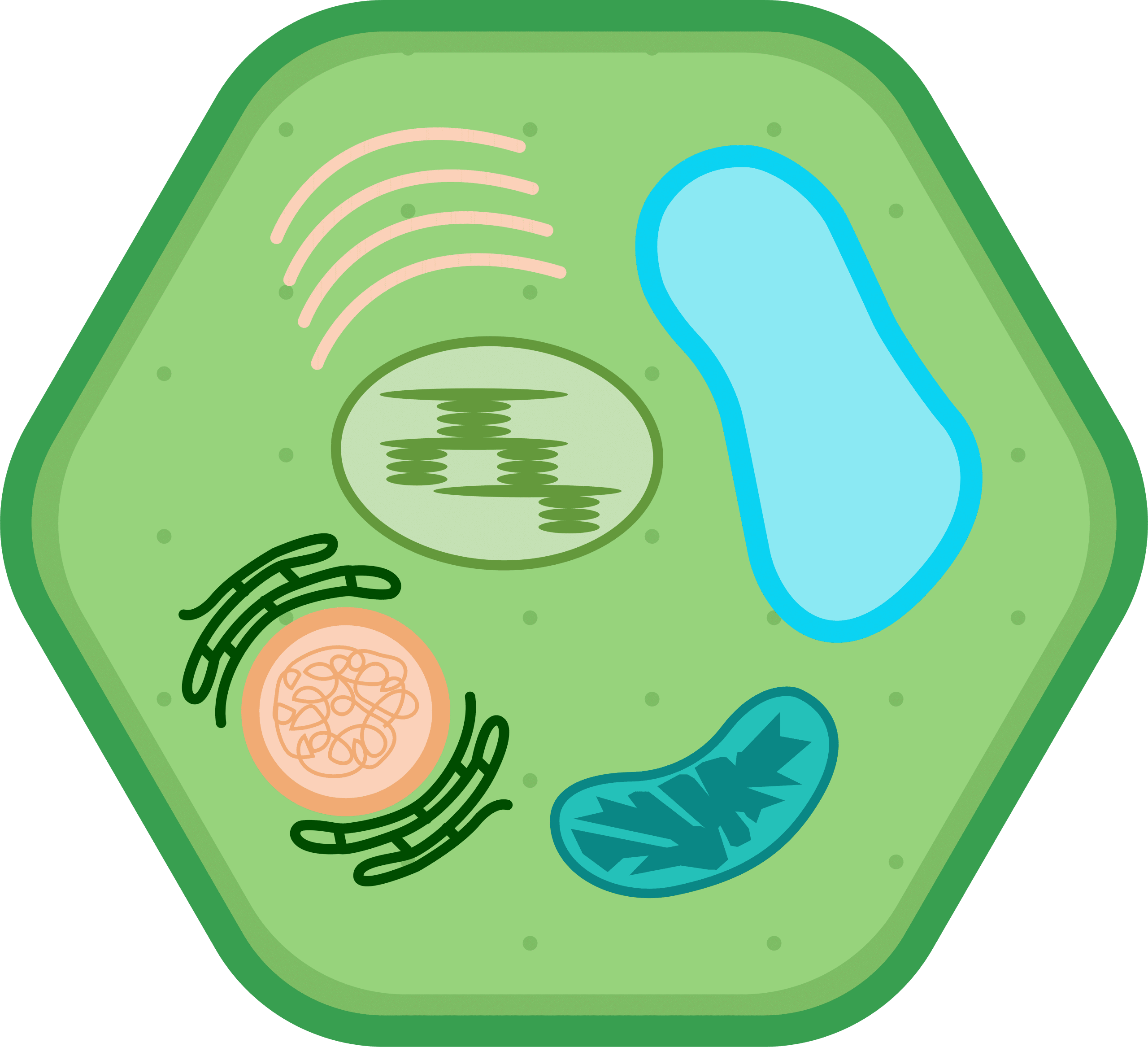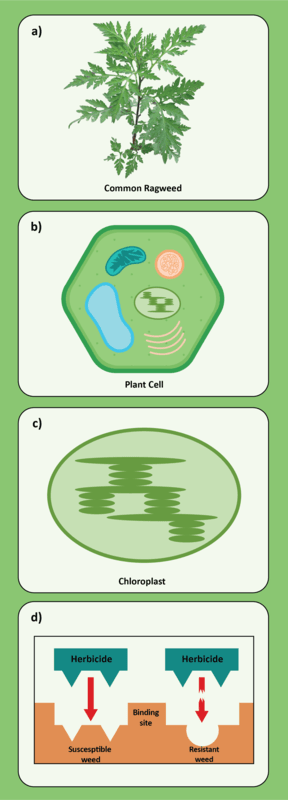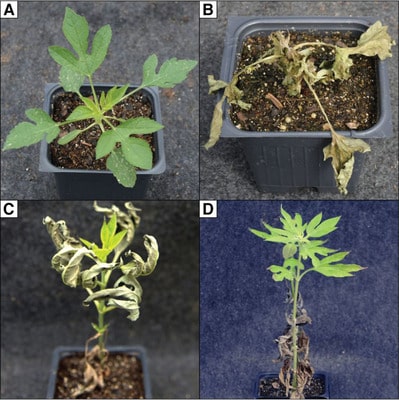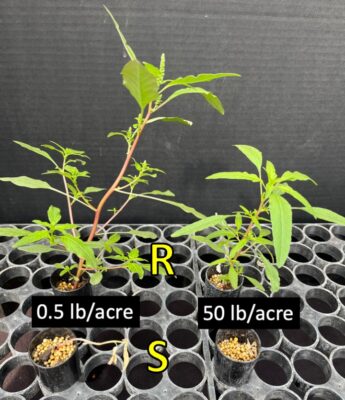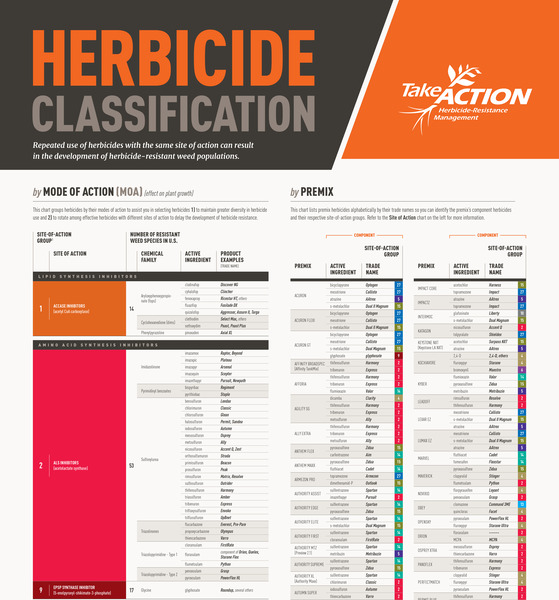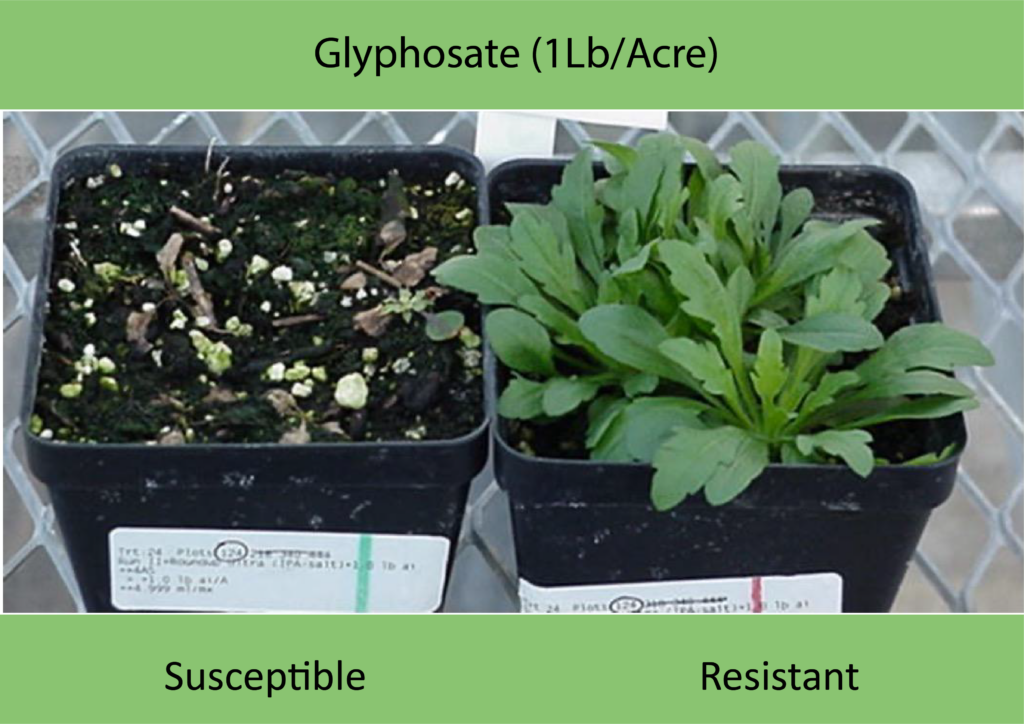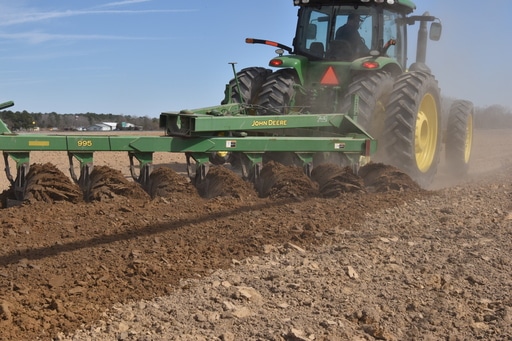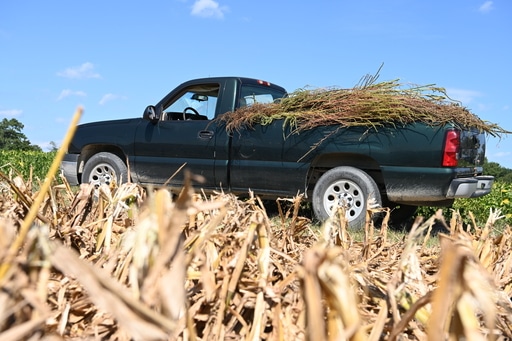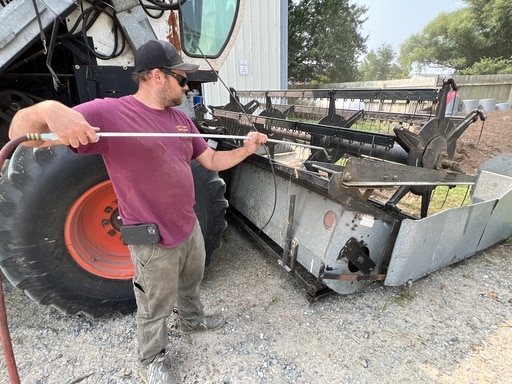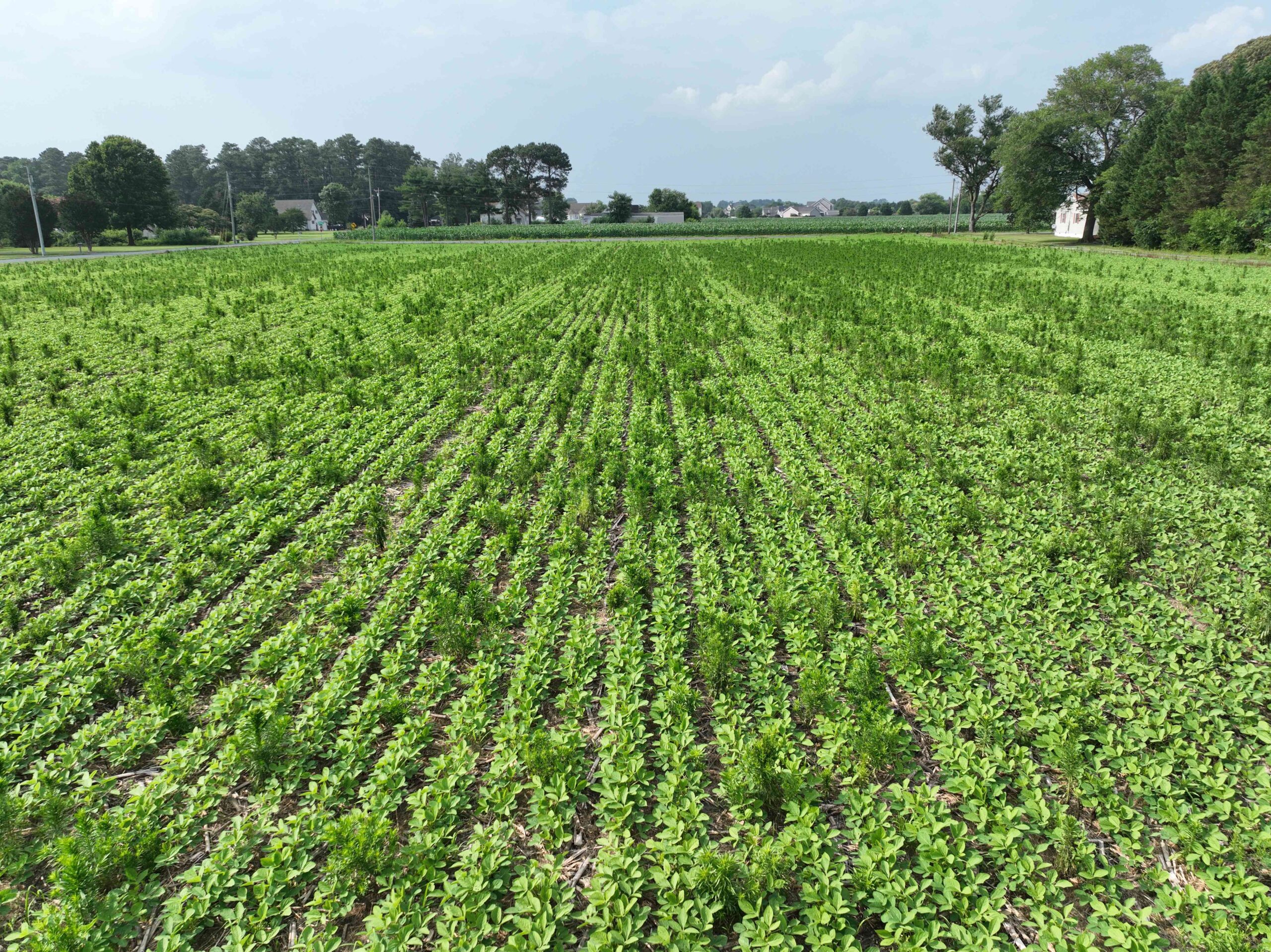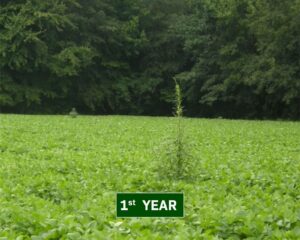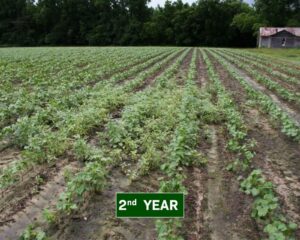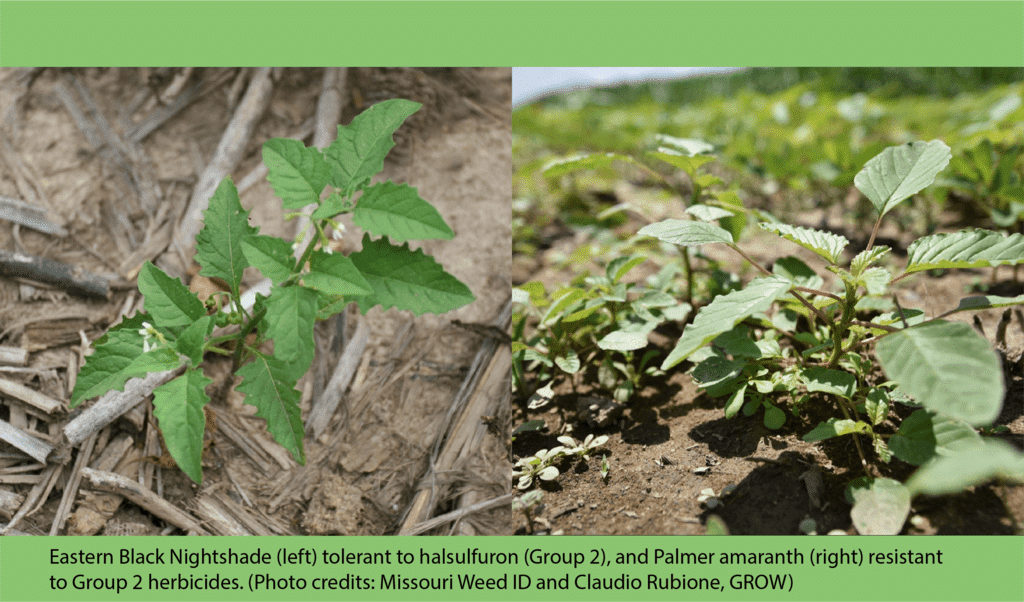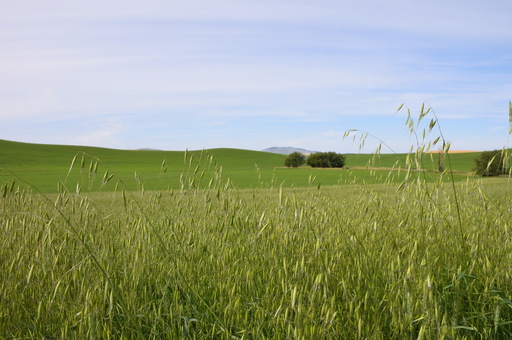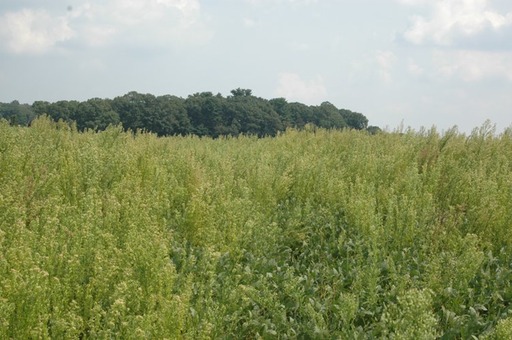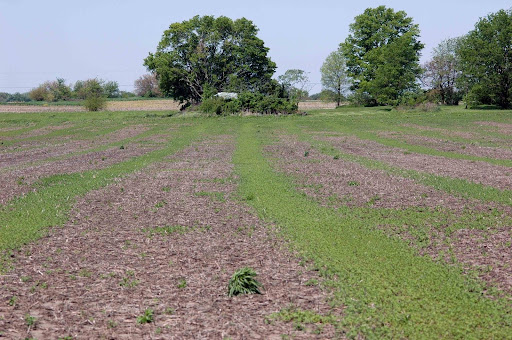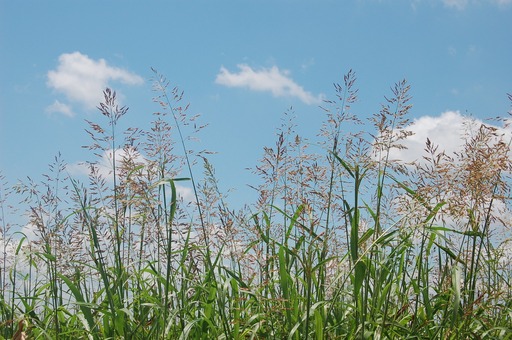Listen to this article above!
Harvest weed seed control has proven a successful way to reduce your weed seedbank in small-grain crops, but how effective is it in corn production? Virginia Tech researchers modified a corn header to find out.
Their research found that installing 360 Yield Saver chains to a Geringhoff corn header significantly reduced weed seeds on the ground after harvest, according to Dr. Michael Flessner, a Virginia Tech weed specialist. The brushes on these customized chains are designed to capture extra grain – and thus yield – but they come with the added bonus of also capturing weed seeds. The larger the weed seed, the more likely it was to be caught by the brushes, but there was a catch – those bigger weed seeds were also more likely to end up in the grain instead of the chaff, where they can be managed via HWSC methods.
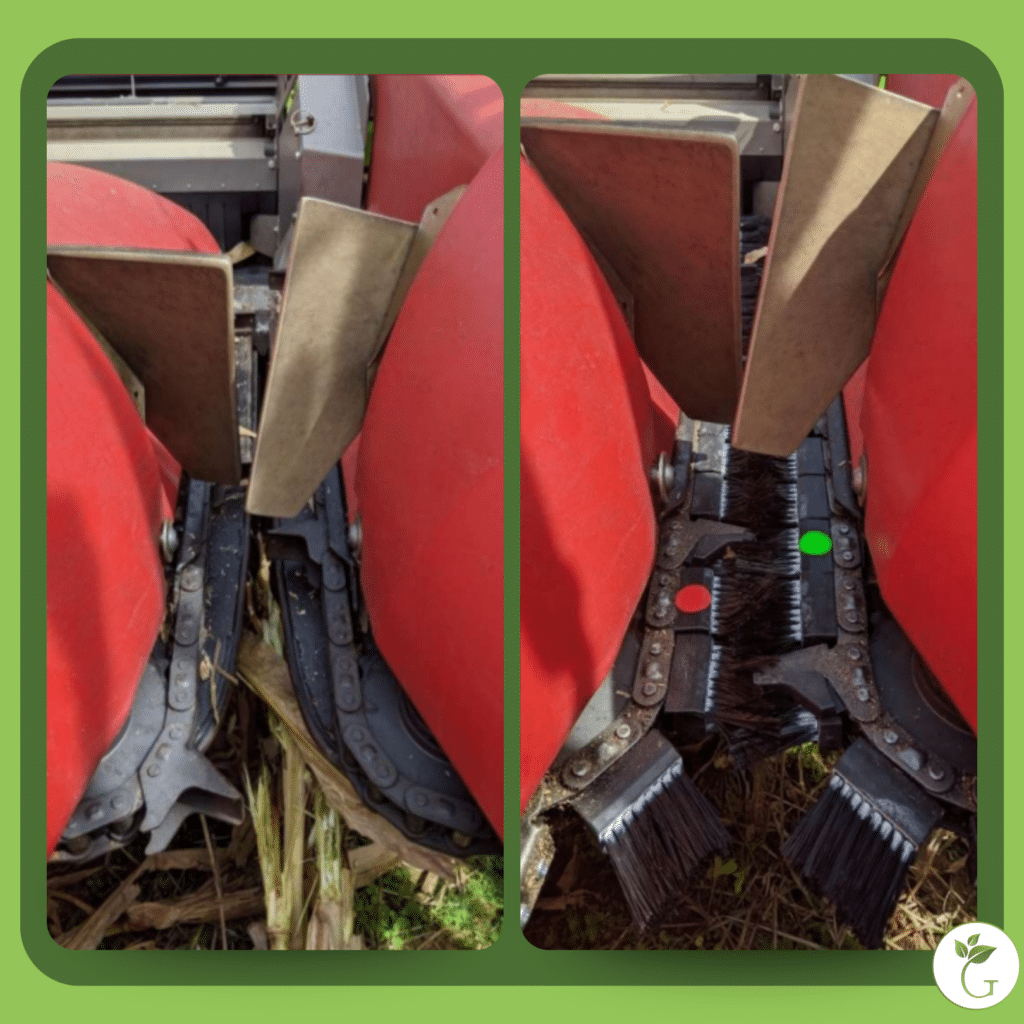
A Look at the Chains
The 360 Yield Saver consists of gathering chains equipped with brushes that rotate around a corn header’s deck plates. Other companies sell similar devices, such as Leading Edge Industries, which adds impact pads and sweeps to its gathering chains. As the corn stalks are pulled down, the chains rotate and pull corn cobs towards the combine as normal. But the added brushes simultaneously catch and sweep any fallen kernels — and weed seeds — into the combine rather than letting them fall down through the chains in an unmodified combine.
Flessner spent around $500 per row of brush-adorned chains. Installation took about 10 minutes per row unit. “It’s pretty easy to do; you just take the existing gathering chains off and put the over-the-counter chains on,” Flessner notes.
Over time the brushes will begin to wear, but that shouldn’t affect their yield-saving and weed-seed-capturing capabilities. The brushes looked like “worn out toothbrushes” at the end of the season, according to one farmer that Flessner spoke to.
“Bristles will get shorter, but they are still doing their job,” the 360 Yield Center acknowledges on their website. “Don’t get concerned when they start to look a little ugly.”
Sweeping the Weed Seeds Away (From the Ground)
Each examined weed species—jimsonweed, johnsongrass, morningglory, and redroot pigweed—showed a decrease in weed seeds on the ground after encountering the gathering chain brushes. But there was a toss up on where exactly those seeds went.
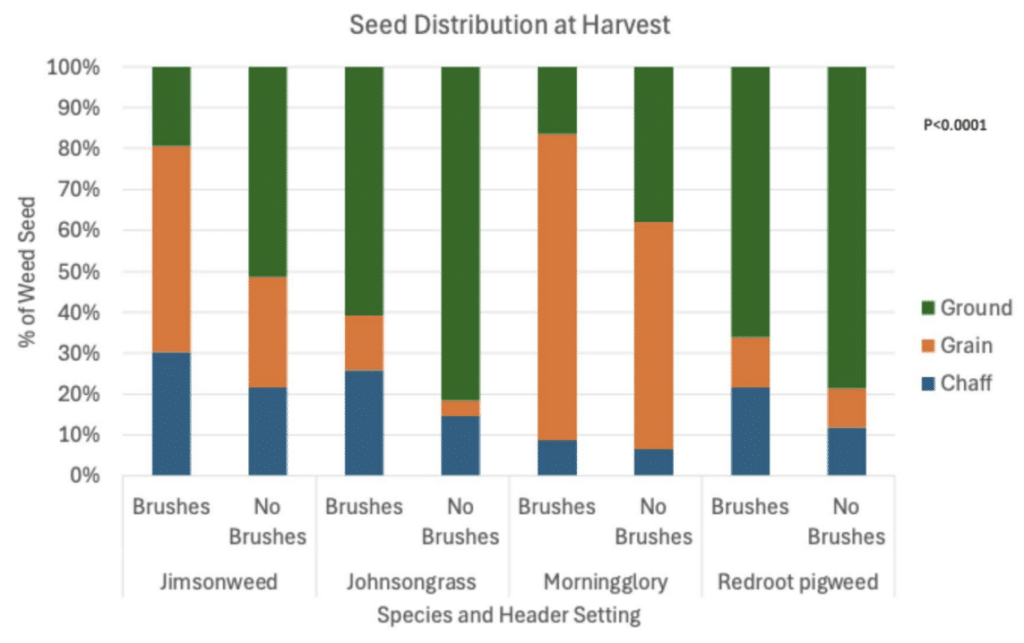
Most of the morningglory and jimsonweed seeds ended up in the grain, instead of in the chaff (roughly 70% and 50%, respectively). These were also the two weed species whose seeds were best caught by the chain brushes, with less than 50% of these weed seeds remaining on the ground.
Conversely, 66% of redroot pigweed seeds remained on the ground after the modified chains were used, a 17% improvement in weed seed capture compared to when unmodified gathering chains were used for corn harvest.
While the gathering chain brushes will have a greater effect catching medium to large-seeded species, more research is needed to understand how to get those seeds to the chaff instead of the grain, says Flessner.
Is the Modified Corn Header Right for You?
Companies selling modified gathering chains like 360 Yield Center and Leading Edge Industries boast an immediate return on investment, due to the extra captured corn kernels. But Flessner emphasizes that farmers should only attempt to use the modified chains if they can guarantee that return on investment. “Make sure the brushes are paying for themselves with the grain — don’t rely on the harvest weed seed control to pay for the brushes,” Flessner explains.

For farmers looking to adopt harvest weed seed control, Flessner also recommends starting in a small-grain crop like soybeans or wheat while more research is conducted to understand the potential of harvest weed seed control in corn.
Explore GROW’s website to learn more about harvest weed seed control, including recent research on seed impact mills and chaff lines.
Article by Amy Sullivan, GROW; Header photo by Claudio Rubione, GROW; Feature photo by Michael Flessner, Virginia Tech
